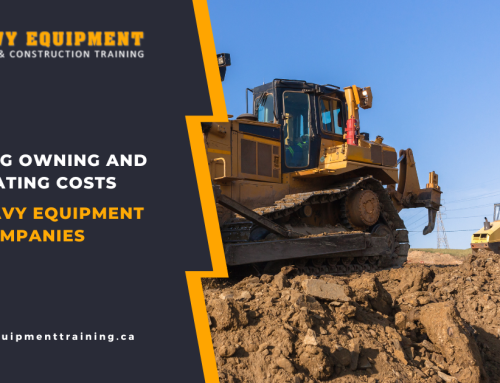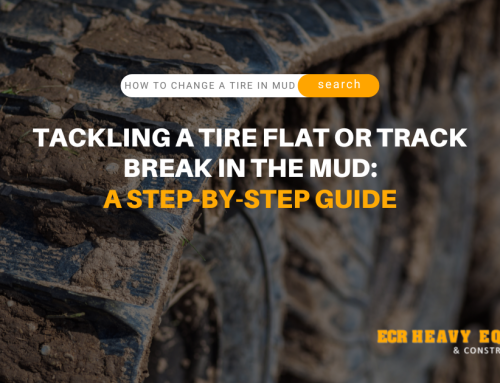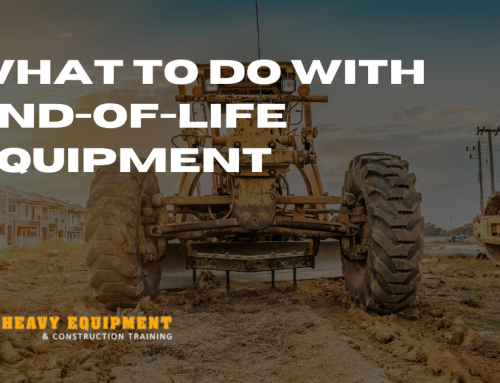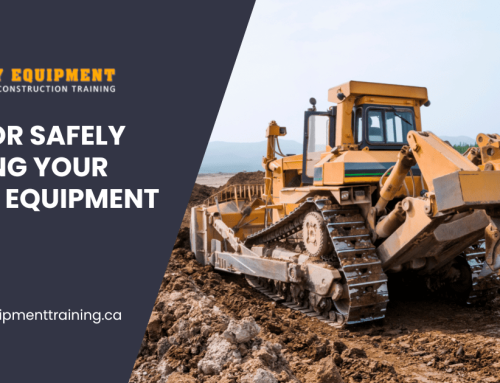One of the realities of heavy equipment operation is that you’re never going to stay in one place for too long. When a job is done, it’s time to pack up and head to the next site, no matter where it might be. Transporting heavy equipment can be a dangerous task if it’s not done right. As with anything involving heavy equipment rigs, safety is very important. So, how do you transport heavy equipment safely? We’re glad you asked.
As with anything, preparation is key. Before you even consider loading your machine onto a flatbed, sit down with the instruction manual for a moment. The manual will tell you how to prepare the machine, which parts to secure or tie-down, and the measurement and weight of the machine for shipping purposes.
After you’ve gone through the manual, your next step is to inspect the vehicle that will be doing the transportation. First, you want to find out if it’s rated to haul the amount of weight needed. Hauling items that are too heavy can cause serious damage to the vehicle, as well as to your machine in the event of an accident.
Preparing for the loading itself is an exercise in safety. The ramp and trailer need to be safe, clean, and secure. Debris, grease, and oil are all things that can cause trouble when you’re loading a piece of heavy equipment onto a flatbed trailer. The smoother the change from the ground to trailer bed, the safer the process can be.
Using the information you gleaned from the user manual, ensure that your machine is protected. If it’s traveling on an open flatbed, leaves it exposed to the elements. Cover any pieces that you don’t want to risk.
Now that the machine is on the flatbed and all vulnerable pieces are covered, it’s time to secure the machine itself. Choose your tie-down parts and use extra straps if necessary. Ensure each wheel is locked and use a wedge to keep it from moving during transport.
Do you have questions about heavy machinery operation? We’d love to hear from you! Reach out today!








